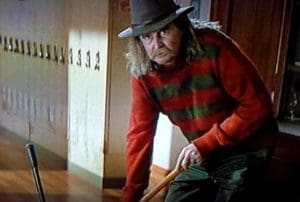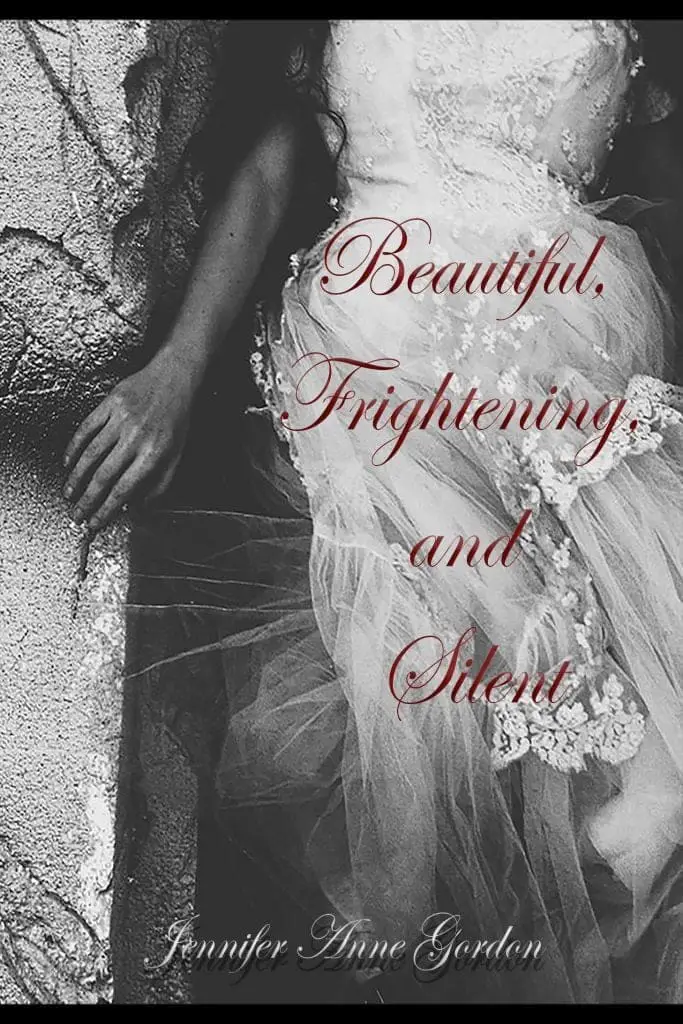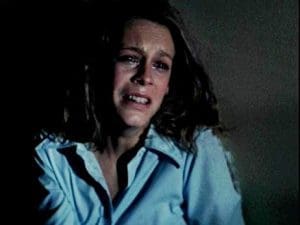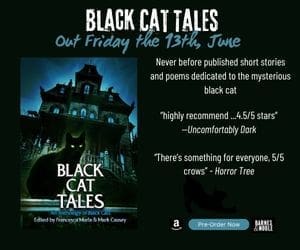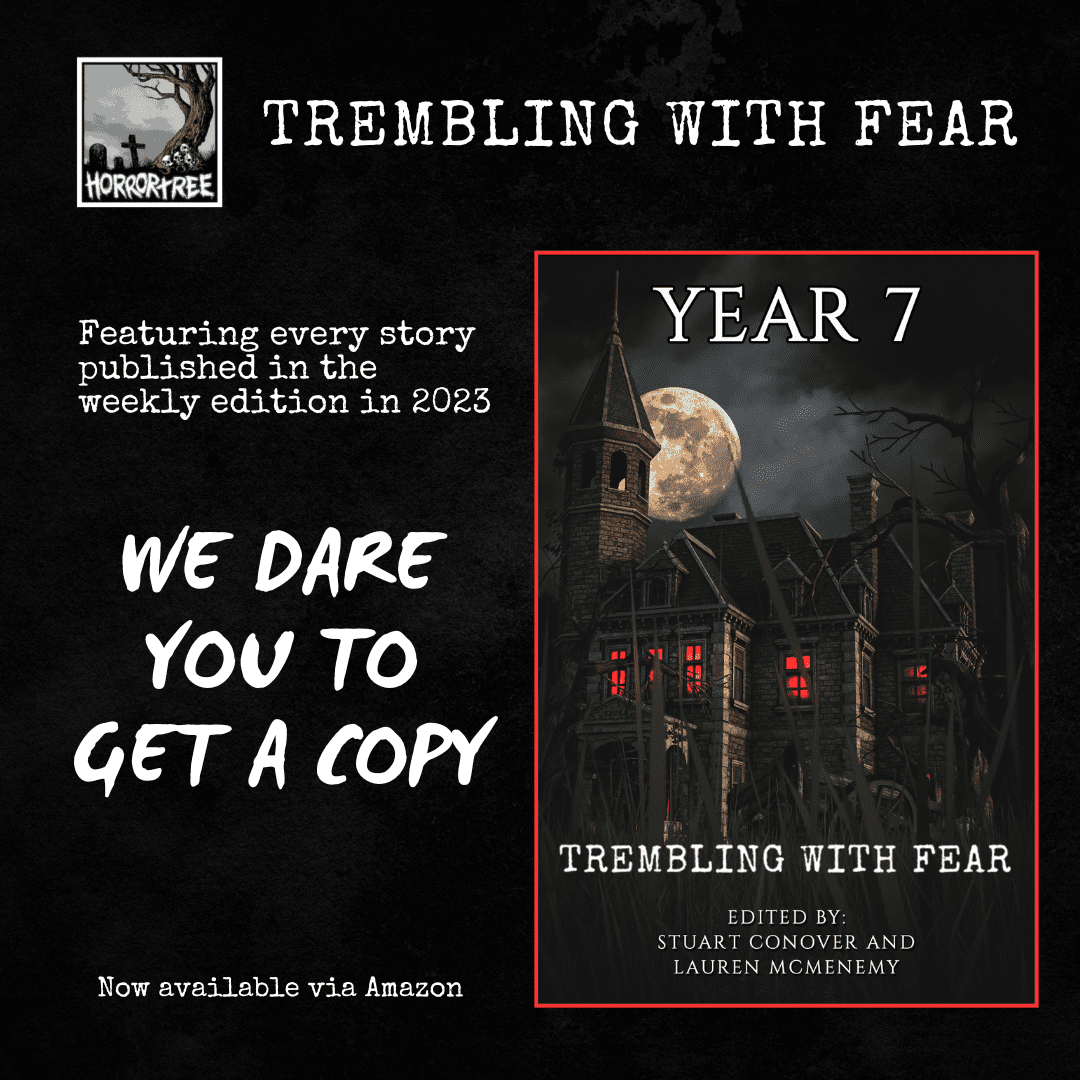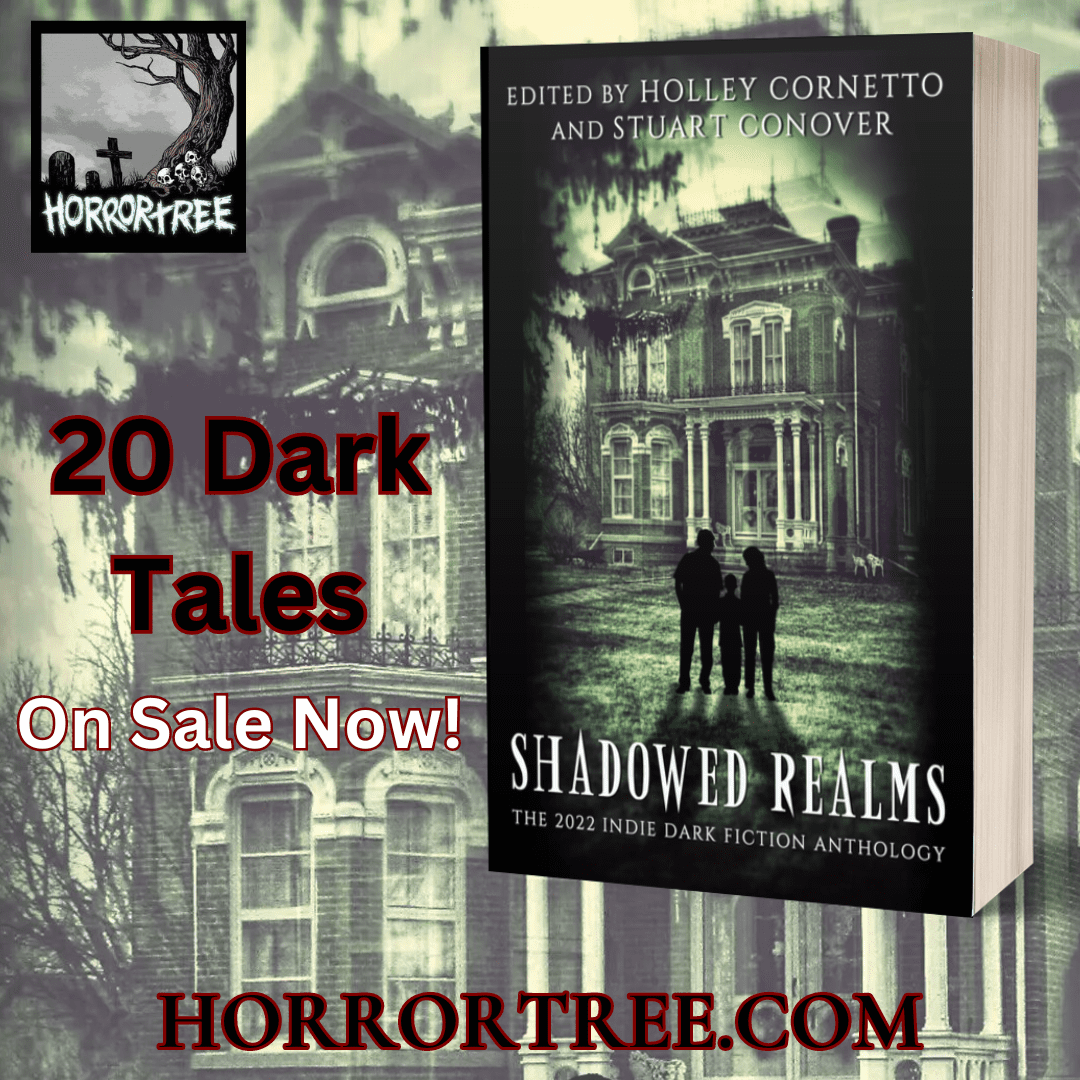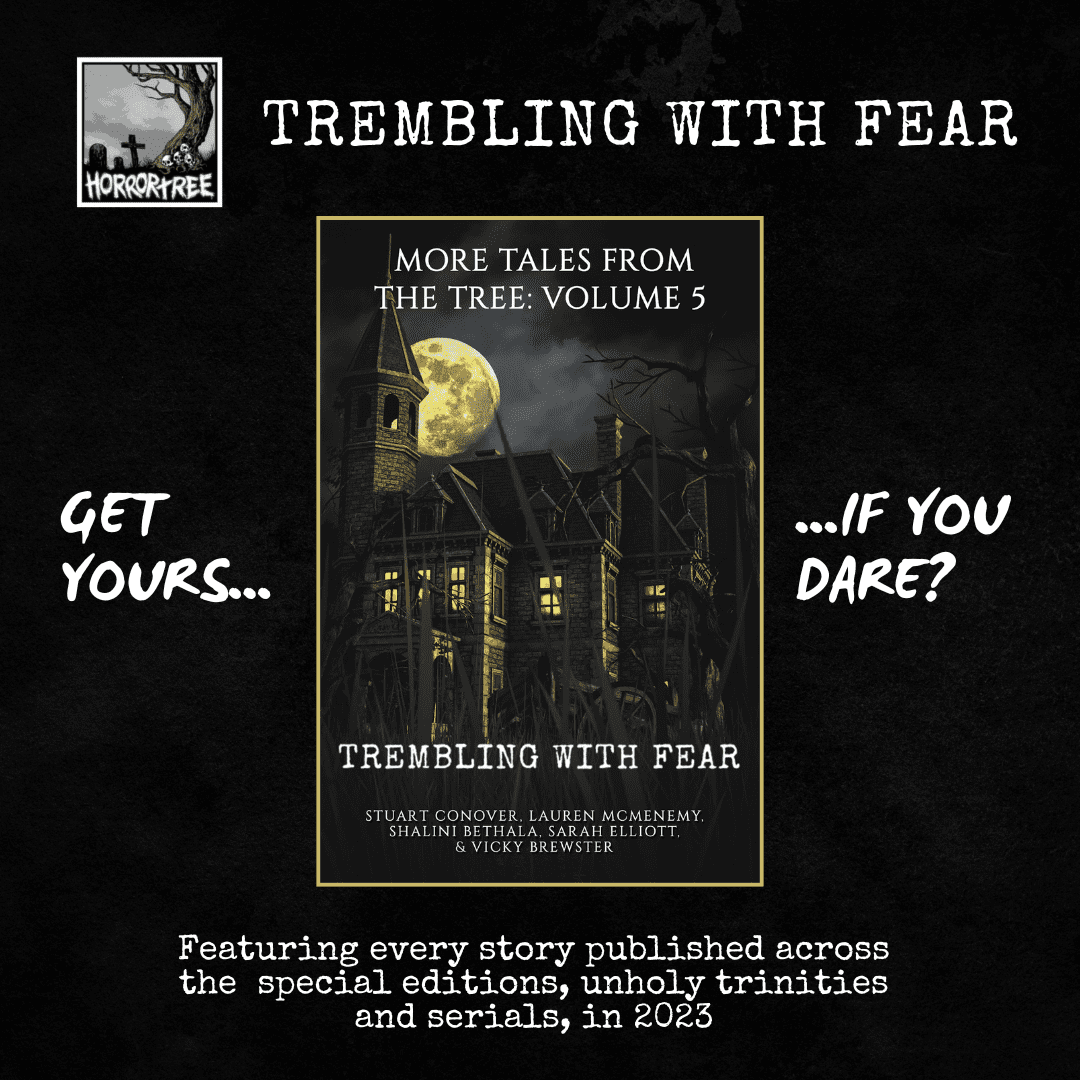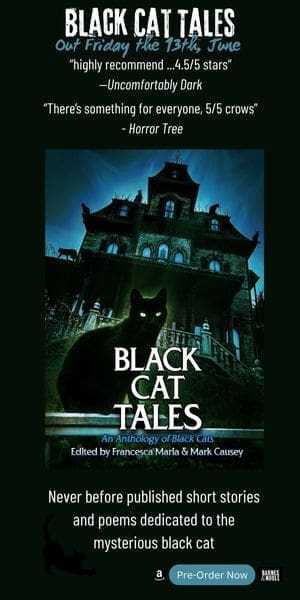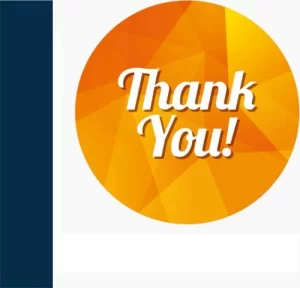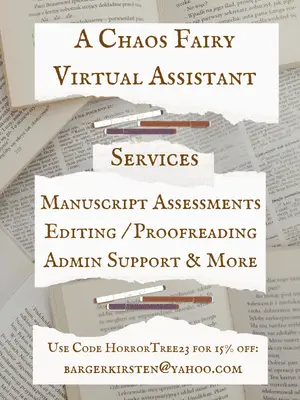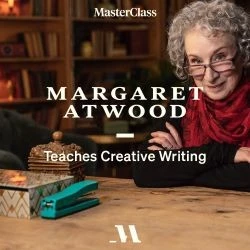
Recently, Horror Tree contributor Jason Ivey conducted an interview with the multi-talented artist/author/ballroom dancer Jennifer Anne Gordon, whose debut novel is the paranormal drama/thriller Beautiful, Frightening, Silent.
HORROR TREE: Would you mind telling our readers more about yourself?
JENNIFER A. GORDON: My name is Jennifer Gordon, my “day job” is that I am a professional ballroom dancer, performer, and instructor. Before Covid-19 I was teaching and performing full time. My fiancé (and dance partner) and I live in New Hampshire. I am a big traveler and adore taking photos of abandoned places and haunted locations. I’ve got a little dog named Lord Tubby, and a giant cat named Fat Jimmy. For years I made my living as a mixed media artist and painter as well.
HT: Beautiful, Frightening, Silent is a dark, yet poetic tale that deals with loss, guilt, and closure. Without being too personal, what inspired you to tell this particular story?
JAG: This story has been poking around in my head for about 15 years or so. It started as the simple story of what happens if someone gets away with murder yet in turn spends their life haunted by that ghost. That is still a part of this story, of course, but I found as I was writing the book my main character Adam (who was always supposed to be a supporting character) took over. His story of grief and loss became the driving force behind the story.
I have dealt with grief and loss in my life, and I understood him as a character, that profound ache. Also, for many years I was involved in an abusive relationship. During that relationship I was a stepmother. This was something that very much tied me to the person I was involved with. I was trapped or at least I felt trapped. When I did eventually get free, due to legal reasons (orders of protection etc.) I was and have been unable to ever see the girl who was my stepdaughter ever again, and I never will. So, there was also that sudden loss of a child. Though it was not a death, there was still a grief that was associated with that. I explored some of those emotions with Adam’s loss of his son, and with the toxic relationship of my “ghost” and Anthony.

HT: Would you visit a place like Dagger Island if it existed? Who would you like to see/speak to if given a chance to interact with again?
JAG: I would definitely visit a Dagger Island, though I wonder if it would be too much for me emotionally. I am an empath and the energy of places can sometimes be very overwhelming. During my travels I have been to abandoned psychiatric hospitals, old prisons, an executioners home, and there have been times that the energy was too much for me, and I was overwhelmed.
I imagine that Dagger Island (though fictitious) would have that effect on me. That being said, I would love to see my father again, so I would attempt a visit there, but I may not be able to spend the night.
HT: Would you consider it a fair comparison to liken Beautiful, Frightening, Silent to Stephen King’s Pet Cemetery? If so, how do you feel they are similar and how are they different?
JAG: What is strange, is that I adore Pet Cemetery and it was the first “major” book of my life that I read, but I never really thought of Beautiful, Frightening, and Silent being a similar book…yet of course it is.
At the heart of each of these stories is the heart ache of grief and trauma, so in that way they are similar. There are also parallels between the relationship of Louis and Jud (in Pet Cemetery) and Adam and Anthony (Beautiful, Frightening), as I think there is a longing with both Louis and Adam in their hearts to not just be a father, but to also be a son.
Anthony, though (In Beautiful, Frightening) is a sociopath, so any connection between my characters is ephemeral at best, and deeply manipulative at worst.
HT: Both Anthony, the island’s sole living resident and caretaker, along with Fiona, the wraith and former bride of Anthony’s are dark, yet very nuanced characters. Which of these was the most difficult to get in the mindset of? Which of these two do you consider more antagonistic?
JAG: When I started writing this book I thought of Anthony solely being the “big bad” but the more the story developed I realized that Fiona, my ghost may have been a victim during her life, but there is now much more going on inside of her. She is not the same person she was when she was murdered 60 years before. Since that moment she has lived one long very endless day. As she says herself at one point “she is not alive, but she is not really dead.
I began to think of her [Fiona] like milk that was left out too long, at some point it goes bad.
She was the harder of the two to write, on an emotional level, as she kept changing. I would have my brain wrapped around her and then she would shift. The way light and shadows can change a room throughout a day. I found her fascinating and tricky. She was an enigma even to me at times and I loved her for that.
Anthony was hard to write because I did not want him to become a caricature of a villain. There was a fine line I had to walk between who he was, and who he is now, which is a frail 82-year-old man. I didn’t want him to be likable, but I did want people to feel a range of emotions for him.
HT: Adam is a character drowning in self-loathing and an inability to forgive himself. What do you feel is the best approach for dealing with this type of grief for those out there suffering similar guilt?
JAG: I think getting help, joining a support group, seeing a therapist…any of those things. The grief Adam feels is due to insurmountable loss. It is not something that anyone can “get over”. It changes a person on every level. Adam as a character does not have the emotional strength to survive this on his own. This is due in large part to his upbringing and his addiction. So really, if Adam was a real person (in my heart he is, and he breaks my heart) he needed and deserved help long before the accident that kills his family.
HT: Beautiful, Frightening, Silent is actually your second book that you have published with Breaking Rules Publishing. Would you mind telling us about your experience/partnership with this publisher, as well as your other book Victoriana?
JAG: So Beautiful, Frightening, and Silent is my first published novel, and Victoriana is a collection of my mixed media artwork that I created several years ago. So that book is more of a coffee table book of art. Though, it does contain a lot of the same themes that I am inspired by. Images that ache with hidden stories and desires half met, characters stuck in a moment of time…
Breaking Rules Publishing is a small publishing house, that emphasizes community-based relationships between its authors, which is lovely. I have made some wonderful friends with the other writers that are published there. We have built a strong support system for each other. I have not heard of many publishers that stress this as much.
Breaking Rules also puts out several monthly magazines as well as anthologies. I have been honored to be asked to contribute a monthly column and short story for their Horror Magazine. The first issue I am published in is the July issue and it contains the first part of a serialized short story called Simulacrum. (think American Psycho x Rules of Attraction).
As an artist I have also been able to do some cover design work with Breaking Rules as well, which has been fun.
HT: What kind of advice would you offer to aspiring writers out there? What can you share from your own personal experience that might also prove useful to them?
JAG: I would say first and foremost before you become a writer, you should become a reader. Read everything, read outside your genre, don’t just pick up books you know you will like, try to read books you think you will hate. Read poetry, essays, articles, everything.
Then I would say, when you have a handful of authors you know you love, find out about them, see what makes them tick. I find this part to just be fascinating. I am a big fan of “knowing” the artist, not just the art.
Then I would say, write…just write. If you think it’s too weird, who cares, write. If you think “no one will want to read this” …just write, and if you think “I’ve never read anything like what I am writing” then WRITE!!!!!
HT: I noticed in the acknowledgments section that you offered thanks to your beta readers. Would you mind explaining the kind of service that beta readers offer for those of us who are unfamiliar? What do you consider are the top qualities/expectations in a great beta reader?
JAG: So, beta readers are the amazing group of people who read your work AS you are writing it, or before it’s published. These ARE NOT editors, these are the people you trust to tell you when something is not working, or if parts of the book need to be fleshed out, or if they want more (or less) of a character. They are your cheerleaders and your sounding board.
For Beautiful, Frightening, and Silent, I knew I was dealing with a lot of mental health issues and possibly very triggering things. I made sure when I was getting Beta Readers that I had people reading that had a background in psychotherapy, and social work, I had people in recovery, I had a trauma counselor…I wanted to give all the things in my book the respect they deserved. These people held me accountable for that. I also made sure to have a few people that loved Gothic Fiction, and people that hated it. Men, women, LGBTQ+, and straight, and all ages.
The qualities I look for in a beta reader are dependability, I need them to read the book, and I want honesty and trust. For me, at the end of the day my beta readers need to know they are holding a piece of my heart and soul in their hands, and be kind, but also be truthful.
HT: Do you have any other upcoming projects that you can tell us about? How can fans learn more about you and your work?
JAG: I have my second novel that will be released on August 20th, 2020 (It’s also my birthday!). The book is called “From Daylight to Madness” and it is a Victorian Based Gothic Horror Novel. It is part one of a two-part story. It deals (in this half) primarily with how women who may have mental illness were treated in the 1870’s. Think “The Yellow Wallpaper x The Shining”.
It’s also very loosely tied to Beautiful, Frightening, and Silent, as it explores how the island became haunted. You don’t have to read both books to understand what is going on, but there will be some Easter Eggs and symbolism that readers of both books will see.
I am also about to start hosting a new podcast (with my two fabulous co-hosts Allison Martine, and Trisha Ridinger McKee). The show is called Vox Vomitus (Translation: Word Vomit) and we will be talking with best selling authors, not necessarily about what went right during their process, but all the things that have gone wrong. We will also be chatting with people about their favorite “bad books” and so much more.
The show premieres July 1st on the Authors on the Air Global Network!
HT: Thank you Ms. Gordon for your time, we appreciate it and wish you the best of success! If you would like to learn more about this multi-talented artist/author you can do so by checking out the link to her website below. And if you would like to purchase a copy of her debut novel, Beautiful, Frightening, and Silent you can find the link for that below as well.
More Links:
Author’s Website
http://www.JenniferAnneGordon.com
Amazon link to Beautiful, Frightening, and Silent –
https://tinyurl.com/y8qq2xnb




 Continuing with the article series on horror actors-turned-authors are two former child stars from the 1980’s, Drew Barrymore and Ethan Hawke.
Continuing with the article series on horror actors-turned-authors are two former child stars from the 1980’s, Drew Barrymore and Ethan Hawke.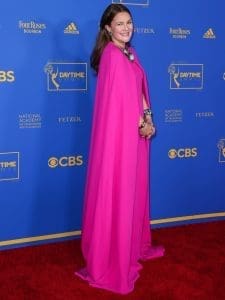

 JP McLean: I’d be happy to, and thanks for inviting me. I’ve been writing full time from my home on Denman Island for ten years. Denman is one of the northern Gulf Islands off British Columbia’s coast. It’s a small island with 1200 people and only 20 square miles/50 square kilometers in area. Rural. Quiet. Ideal for writing. But we’re ferry-bound, so it’s not for everyone. I’ve written eight full-length books over two series, several short stories, and one novella. All of my stories contain elements of the supernatural, paranormal, or magic.
JP McLean: I’d be happy to, and thanks for inviting me. I’ve been writing full time from my home on Denman Island for ten years. Denman is one of the northern Gulf Islands off British Columbia’s coast. It’s a small island with 1200 people and only 20 square miles/50 square kilometers in area. Rural. Quiet. Ideal for writing. But we’re ferry-bound, so it’s not for everyone. I’ve written eight full-length books over two series, several short stories, and one novella. All of my stories contain elements of the supernatural, paranormal, or magic.